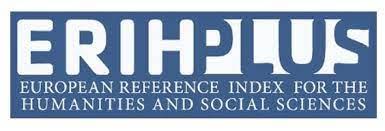საიდუმლო ეკლესიისა და საიდუმლო წმინდა სამებისა
DOI:
https://doi.org/10.52340/jd.2023.17.16.07საკვანძო სიტყვები:
Icon, Symbol, Church, Holy Trinity, Christ, Depictionანოტაცია
This article emphasizes the significance of depicting God throughout history and in the church, while also presenting the Orthodox
tradition’s approach to such depictions. In Orthodoxy, an icon signifies the presence of the depicted person while maintaining its transcendence. This presence is considered hypostatic and personal, as emphasized by Zizioulas. Following a brief overview of the fundamental doctrines of Orthodox iconography, the article addresses a challenging question raised by some theologians: whether the Holy Trinity can be depicted in creation. The possibility of depicting the Holy Trinity is affirmed, stemming from the depiction of the Logos, the Son of God, as the Holy Trinity coexists in Christ. The subsequent topic explores the apocalypse of God. Zizioulas draws upon the works of the fathers and the liturgical life of the church to create icons and symbols as a unique means of integrating creation with God. The hypostasis imparts truth and reality to the symbol. Only through the icons and symbols offered by the church, with its mysteries, can we experience a union of God and creation, akin to what was accomplished in Christ. Finally, Zizioulas echoes St. Maximus, asserting that the eternal presence, presently hidden by the icons, will only be revealed in the eschaton.
Downloads
ჩამოტვირთვები
გამოქვეყნებული
როგორ უნდა ციტირება
გამოცემა
სექცია
ლიცენზია
საავტორო უფლებები (c) 2024 John Zizioulas; Guram Papava

ეს ნამუშევარი ლიცენზირებულია Creative Commons Attribution-ShareAlike 4.0 საერთაშორისო ლიცენზიით .









